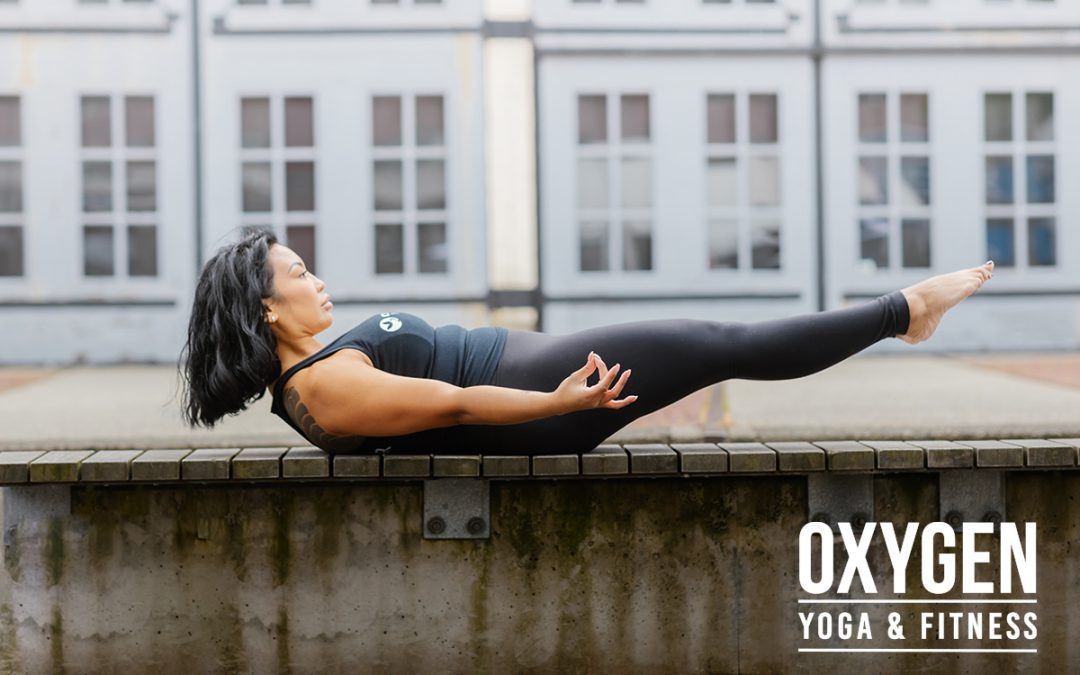How breathing can improve your yoga practice and your life.
We all need to breathe. We do it all day, every day. But how much time have you really spent thinking about how you are breathing and how it affects you, outside of keeping you alive? At first thought, you may wonder why you need to devote time to learning a skill which you utilize daily. But, have you ever found yourself holding your breath when you get stressed? Have you ever found yourself getting out of breath too easily or struggling to catch your breath? Breathing can have a bigger effect on us than you may realize, and learning to breathe deeply could have a profound impact on your yoga practice and daily life.
What is deep breathing?
Take a breath. Where do you feel the air travelling through your body? Can you feel it all throughout you, or is it more restrained to your chest?
While you are breathing everyday, all the time, you might not be breathing deeply very often. If you’re breathing deeply, you should feel the breath in your lungs and your belly, not only your chest. Deep breaths can be important in a multitude of ways, like more efficiently exchanging carbon dioxide for oxygen, lowering the heartbeat, and lowering stress levels.
When you don’t take these deep breaths, you might find yourself feeling “short of breath and anxious”, as described by Harvard Health Publishing. Learning to expand your breathing throughout your body can combat these problems, and help you take full advantage of the power of breath.
Breath and stress
One major reason you may want to take the time to learn more about your breath is because of the effects it can have on your stress levels in day to day life. We all get stressed out. Some of us might even feel driven by stress. But, having too much stress in out lives can be detrimental for our health, creating issues such as suppressing the immune system. And while breathing alone might not take the stressors out of your life, it could help you to combat some of it.
Unfortunately, our response in some stressful situations can be to breath less deeply, when this is in fact the opposite of what we want to be doing. “Mindful breathing”, where we focus on how we are breathing, has been suggested to be the best way to counteract stress, as well as some other physical and mental challenges. The average person actually breaths father than the rate which is best for us, as explained by Richard P. Brown in his book “The Healing Power of the Breath”. So, while we all may know how to breath, that doesn’t equate to knowing the way to breath which is best for us. There’s actually many different types of breathing techniques you can learn, and one great place to take the time to focus on this is in your yoga class.
Breath and yoga
Breath is an important part of yoga. Breath is often considered one of the eight limbs of yoga, and it is closely correlated with Prana, known as “the energy that rides on the breath”. You’ve likely heard your yoga teacher instruct you on when to breathe in and breathe out, and these instructions are likely not without reason. These moments also aren’t the only times in your practice when breathing is important.
There are some simple guidelines for when to breath in yoga. While there’s many types of breathing to learn and try, like rib-stretch breathing or box breathing, each with their own benefits. Even so, if you exhale while bending forward, inhale when opening the chest, and exhale when twisting, this is a good way to start incorporating purposeful breathing into your practice, as explained by Yoga Journal. Using breath in this way not only allows for a deeper physical experience in some positions, but also can help connect us with more of the mental aspects of yoga.
If you’re not sure when or how to be breathing in your yoga class, don’t be afraid to ask. Breath is essential and important, especially in our yoga practice, so why not take the time to see if you are using it to the best of your abilities.

